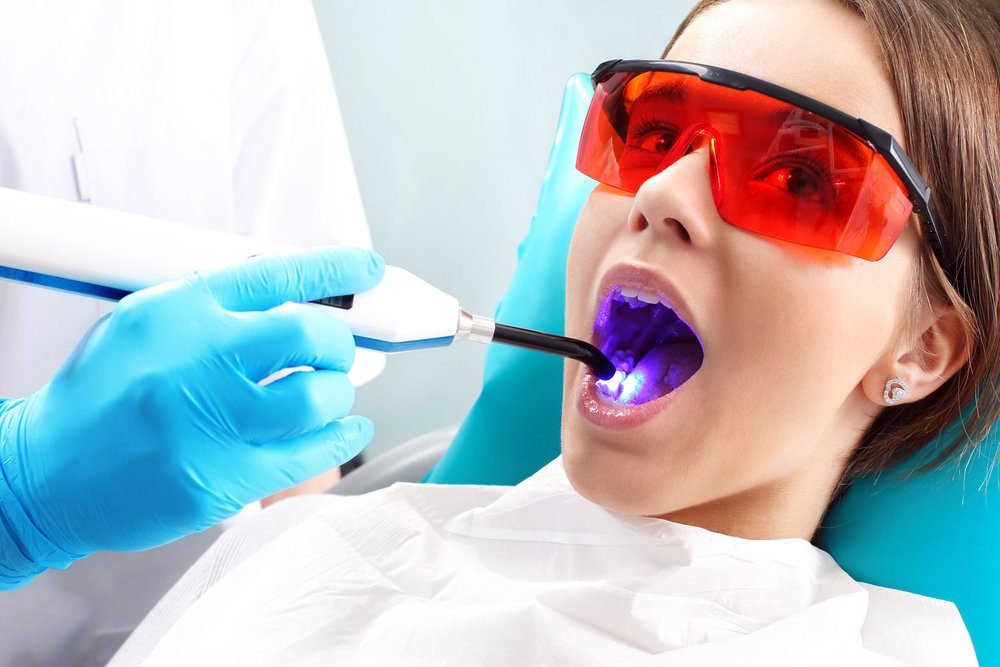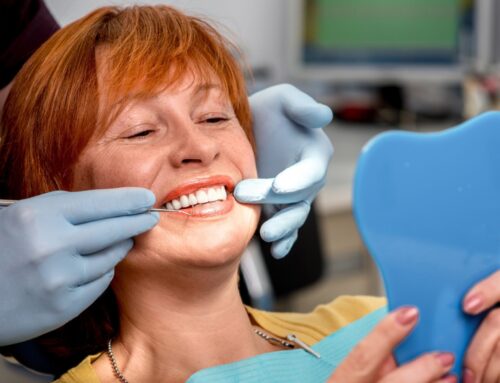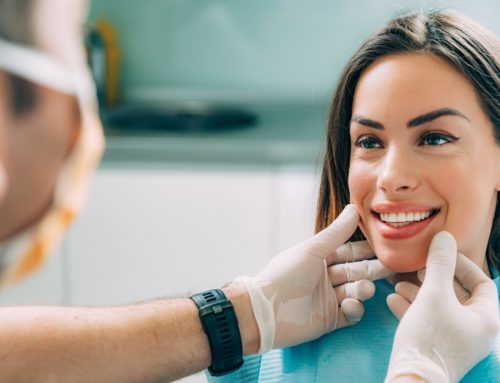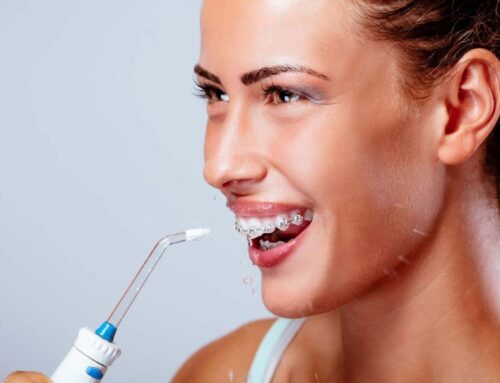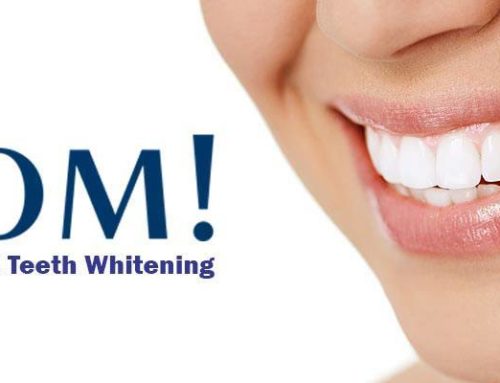Laser Dentistry – How Are Lasers Used by Dentists?
As an advanced technology, laser dentistry offers precision and efficiency while providing a safe alternative to drills and Novocain. It is another example of the investment Georgian Dental® makes in technology and innovation to improve treatment and patient comfort.
To understand the value of laser dentistry and its benefits, it’s important to recognize the role it plays in many important procedures. Furthermore, patients should understand how technology enables them to book fewer appointments and spend less time in the dentist’s chair.
Let’s start by exploring what laser dentistry is and why it has become a staple in modern dental clinics and a requirement for diagnosing and treating. Additionally, we’ll look at procedures where it is commonly used, the value it offers patients and deliver an idea of the potential risks and how it impacts post-care.
What is Laser Dentistry
A dental laser is essentially an element that calculates light in wavelengths and produces a concentrated beam of energy via an instrument. In dental or other medical applications, it’s typically employed to create incisions or remove small amounts of tissue.
Lasers specifically designed and developed for dental work or oral surgery have been in wide use since the early 1990s. Most work by emitting a concentrated beam of energy in the form of light, which acts as a cutting instrument or can vaporize tissue.
This might sound painful but, in actuality, most patients report that laser dentistry hurts less and is far less invasive than traditional methods like the dreaded drill (think of the sound alone).
Per The American Dental Association, the Food and Drug Administration has approved lasers for over 20 uses in the United States. Most of these procedures involve soft tissues like the gums. Most practices use the diode laser, the carbon dioxide laser or the Nd:YAG Laser.
Soft Tissue
Lasers are adept at creating incisions and removing gum tissue. The purpose of this is to improve a dentist’s visibility and to provide greater access when reshaping gums. Lasers can also remove excess tissue, lengthen crowns or release muscle attachments that are too tight. Furthermore, laser therapy can help treat oral ulcers and cold sores and have become a popular tool to treat gum infection or periodontal disease.
By using lasers, patients can experience less bleeding during and after surgery and less swelling overall. Incidentally, it’s important to note that laser therapy can delay healing a bit or cause tissue to discolour.
Hard Tissue
If tissue is firm enough, a dentist might turn to a hard tissue laser. Using a specific type of laser (Er:YAG and the Er, Cr:YSGG) could result in the patient not having to undergo anesthesia and are designed to not overheat parts of the tooth like the pulp, which can be very dangerous.
While experiences and results will vary, the use of dental lasers results in more comfortable patients and helps the return to regular daily life faster than alternative or traditional methods.
As is the case with most medical technology, it was developed to make treatments easier and help patients live healthier lives.
Common Laser Procedures
Laser dentistry can help in many ways and is employed across a variety of procedures. The most common, include:
- Lasers can remove decay and prepare enamel to receive a filling.
- Can help shape gums and clean bacteria during a root canal.
- Many dentists use lasers to perform biopsies as it can remove small amounts of tissue for examination.
- Lasers can remove mouth lesions and benign oral tumors and alleviate the pain associated with canker sores.
- They are commonly used to make muscle attachment improvements, to regenerate nerves and as a treatment for sleep apnea.
- With respect to cosmetic dentistry, the laser generates a safe amount of heat to increase the efficacy of whitening agents.
As mentioned, laser dentistry can be used in cosmetic procedures like teeth whitening. They speed up the process and activate the whitening solution.
Some important things to keep in mind:
- Lasers cannot be used on teeth that already have fillings.
- This technology cannot be used around old fillings or to remove defective crowns or to prepare teeth for the insertion of a bridge.
- In most cases, anesthesia is still required.
- A patient should always wear special glasses to protect their eyes while a laser is in use.
Overall, lasers help make common procedures safer and quicker while increasing a patient’s comfort. You should always feel free to discuss any concerns you might have with your dentist or their staff.
Dental Laser Benefits
Let’s review some of the benefits of laser dentistry, which are best illustrated when compared to the drilling method.
- In most cases, laser dentistry causes less pain and reduces a patient’s reliance on anesthesia.
- It is known to reduce anxiety and stress in patients who are generally scared about having their teeth drilled or tissue removed.
- Patients should experience less bleeding and swelling during soft tissue treatments and may not even require sutures.
- The use of lasers is proven to preserve the healthy aspects of a tooth during cavity removal.
- Lasers are incredibly precise, reducing the chance of risk during treatment.
- Lasers will sterilize gums lowering the chances of infection.
Lasers have forged its place in modern dentistry and patients should seek practices that utilize this technology and its many benefits.
Risks of Dental Lasers
The known risks of laser dentistry are minor. Using the wrong wavelengths or generally not understanding how to operate the instrument can lead to issues like damaged tissue. That being said, any competent dentist will be well versed and trained on how to use lasers or any piece of equipment employed in their clinic.
As Barrie Dentists, we are more than qualified to safely administer laser therapy in a responsible and safe manner.
Post-Operation Recovery
If your dentist uses one or more lasers, your post-op experience should be more positive than if a drill or scalpel is used. Laser dentistry is a relatively smooth process and you won’t have an open wound to contend with. Your mouth should feel noticeably less irritated and conceivably you should be able to return to your regular life rather quickly.
No matter what, though, you should follow the care instructions provided by your dentist to a tee.
Holistic Dentistry
Laser dentistry plays a key role in holistic dentistry, a philosophy that considers a patient’s entire well-being as part of their oral care. By using advanced technologies like laser dentistry, we ensure the safety of our patients and tend to their emotional well-being by removing the use of equipment and apparatus that can cause stress, or make someone avoid booking an appointment to receive the treatment they need.
Holistic dentistry ensures that treatments are customized so that no element can harm a patient and, to be successful, requires state-of-the-art technology and an innovative approach to oral care.
At Georgian Dental®, we endeavor to offer patients safe and painless treatments that will result in healthy mouths. We invest in cutting-edge technologies and do everything in our power to provide the very best in patient care. With respect to lasers, it’s conceivable that they will only grow in popularity as more practices start embracing them and as the technology continues to be innovated.
Appointment Request
If you’re interested in any of our procedures, and would like to meet with one of our dentists to discuss options, costs and get additional information, complete this short form and we’ll give you a call to arrange for a no-obligation appointment at our Barrie clinic.
